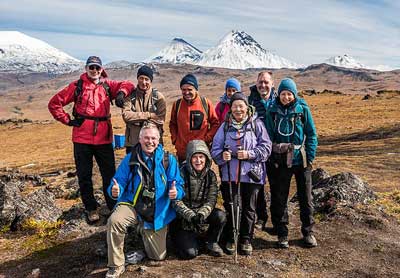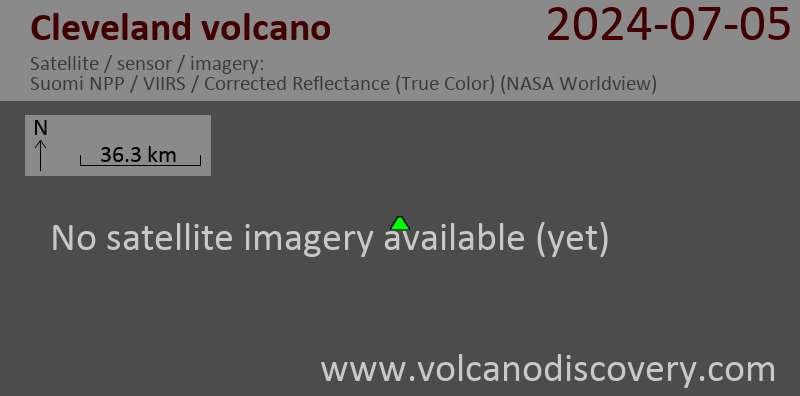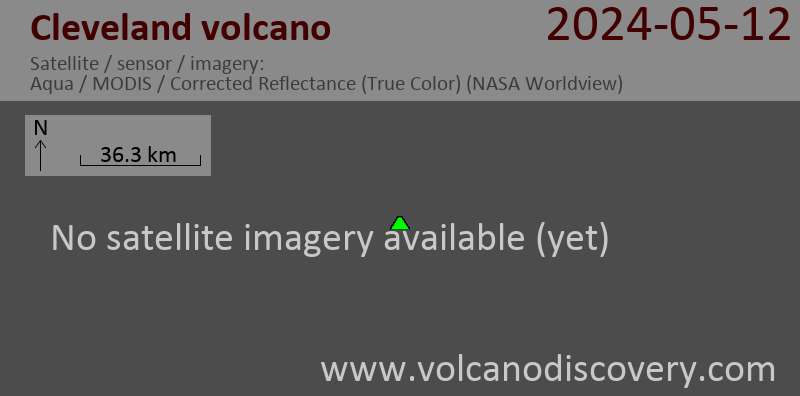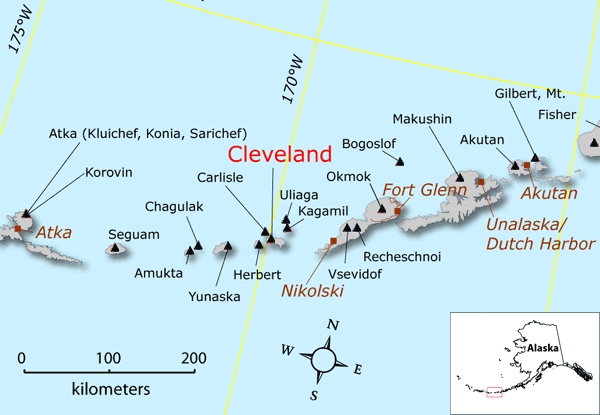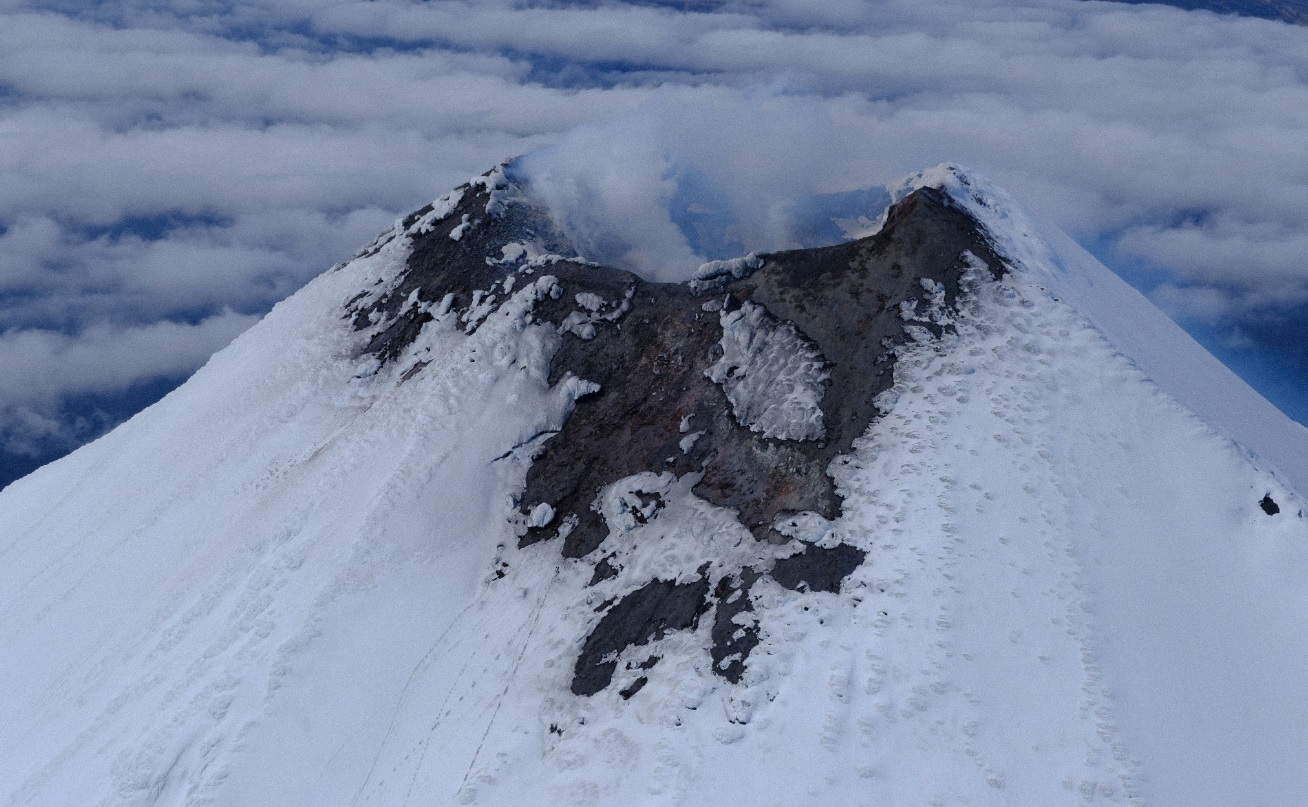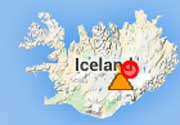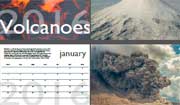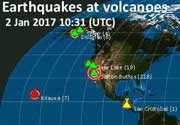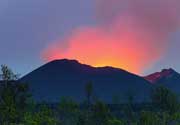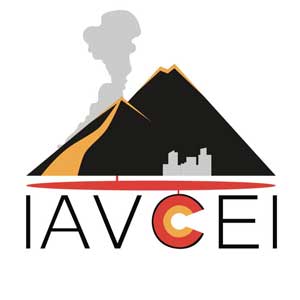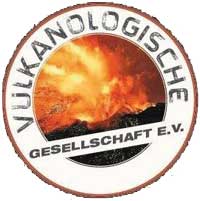Cleveland Volcano
Updated: 19 avril. 2024 20:59 GMT -
Stratovolcano 1730 m (5,676 ft)
Aleutian Islands, Alaska, 52.83°N / -169.94°W
Condition actuelle: normal / en sommeil (1 sur 5)
Aleutian Islands, Alaska, 52.83°N / -169.94°W
Condition actuelle: normal / en sommeil (1 sur 5)
Last update: 30 août 2023 (Smithsonian / USGS Weekly Volcanic Activity Report)
The beautifully symmetrical Mount Cleveland stratovolcano forms the western half of the uninhabited Chuginadak Island in the central Aleutians, connected to the eastern half of the island by a narrow isthmus. It is one of the regions most active volcanoes, but at present has no seismic network. Monitoring of its activity is largely based on satellite observation.
[smaller] [larger]
Eruptions du volcan Cleveland: 1893, 1897, 1929(?), 1932, 1938, 1944, 1951(?), 1953(?), 1975(?), 1984, 1985(?), 1986, 1987, 1989(?), 1994, 2001, 2006, 2008, 2010, 2011, 2012, 2013, 2014, 2015, 2016, 2017
Derniers séismes proches
| Heure | Mag. / Profondeur | Distance / Lieu | |||
| 14 avril 08:18 (Adak) | 1.5 9.2 km | 24 km au sud-est | Info | ||
| samedi, 13 avril 2024 GMT (1 séisme) | |||||
| 12 avril 20:19 (Adak) | 1.7 12 km | 24 km au sud-est | Info | ||
| vendredi, 12 avril 2024 GMT (1 séisme) | |||||
| 12 avril 20:32 (GMT +0) | 1.9 8.7 km | 28 km au sud-est | Info | ||
| jeudi, 11 avril 2024 GMT (1 séisme) | |||||
| 11 avril 01:49 (Adak) | 1.9 1.7 km | 21 km au nord-est | Info | ||
| samedi, 6 avril 2024 GMT (1 séisme) | |||||
| 5 avril 19:51 (Adak) | 1.4 7.3 km | 4.6 km au sud-est | Info | ||
| samedi, 13 avril 2024 GMT (1 séisme) | |||||
| 13 avril 03:31 (Adak) | 0.9 16 km | 7.8 km au sud-est | Info | ||
Introduction
The 1730-m-high Mount Cleveland has the native name of Chuginadak, referring to the Aleut goddess of fire, who was thought to reside on the volcano. Numerous large lava flows descend the steep-sided flanks of the volcano.It is possible that some 18th to 19th century eruptions attributed to Carlisle should be ascribed to Cleveland (Miller et al., 1998). In 1944 Cleveland produced the only known fatality from an Aleutian eruption. Recent eruptions from Mount Cleveland have been characterized by short-lived explosive ash emissions, at times accompanied by lava fountaining and lava flows down the flanks. In February, 2001, Cleveland had 3 explosive events that produced ash clouds as high as 12 km (39,000 ft) above sea level. That eruption also produced a rubbly lava flow and hot avalanche that reached the sea.
---
Sources: AVO/USGS, Smithsonian Institution




